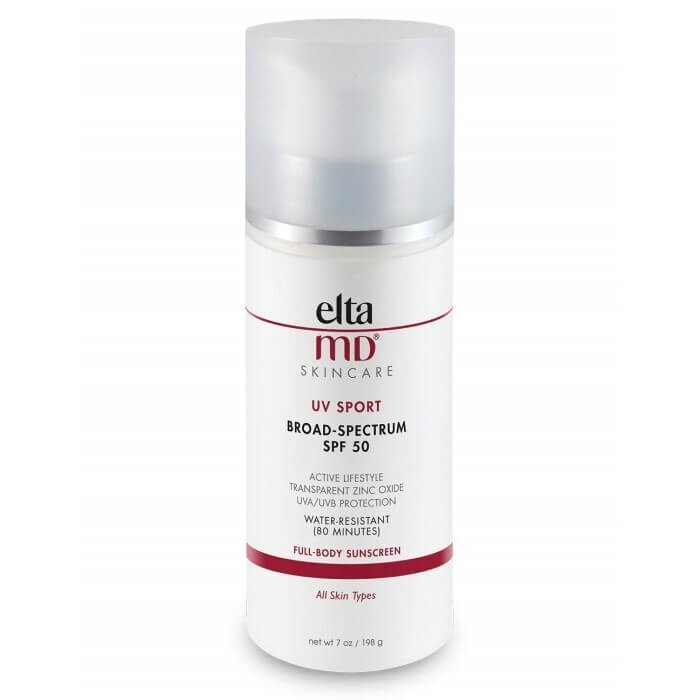
UV Sport Broad-Spectrum SPF 50 Pump (7 oz)

We are located in the Stonegate Office Park, half a block north of Thunderbird on the east side of 83rd Avenue.
Get Directions|
Monday: |
8:30AM - 5:00PM |
|
Tuesday: |
8:30AM - 5:00PM |
|
Wednesday: |
8:30AM - 5:00PM |
|
Thursday: |
8:30AM - 5:00PM |
|
Friday: |
8:30AM - 2:00PM |
|
Saturday: |
Closed |
|
Sunday: |
Closed |
Since opening our doors in 1986 U.S. Dermatology Partners Peoria on 83rd Avenue, formerly North Valley Dermatology Peoria, has welcomed our patients and clients to experience the best in skin care and treatment. Our mission is to provide our clients with a friendly, comfortable environment, offering a full range of medical and cosmetic services in one convenient location.
Whether you are visiting the board-certified-dermatologists at our Peoria dermatology clinic, our licensed aestheticians at Original Skin, or both, you’ll find our team to be friendly and helpful throughout your visit. Our Peoria dermatologists and aestheticians take the time with each of our patients to understand your individual health and/or beauty goals, explain your treatment options and prescribe the procedures and products that will work best for you. Whether your initial visit is with our medical professionals or our aestheticians, you’ll know that you’ll have access to our full range of services with the convenience of one-office scheduling and the reassurance of the same customer-centric experience throughout.
We are proud to serve the surrounding neighborhoods and areas of Peoria, Arizona:
 Vivace RF Microneedling
Vivace RF MicroneedlingVivace RF Microneedling is an innovative new cosmetic dermatology solution that combines microneedling with state-of-the-art radiofrequency technology to deliver exceptional results in helping maintain skin that looks smooth and youthful. The Vivace treatment process combines these four effective treatments to deliver exceptional results: Microneedling, Radiofrequency Technology, Cooling Peptide Masks, Deep Moisturizing Serum & Protective Balm. Best of all, there is no major downtime or recovery!
For general inquiries or if you would like to request a call back, please click below to fill out our contact form.
Contact Us
UV Sport Broad-Spectrum SPF 50 Pump (7 oz)